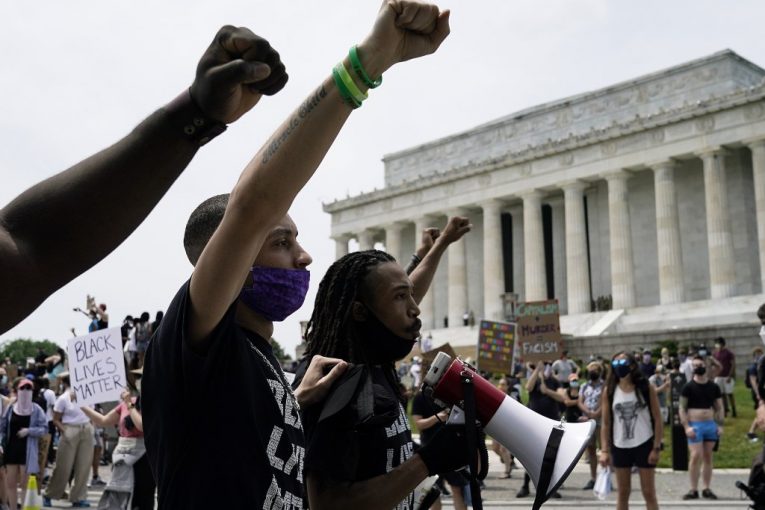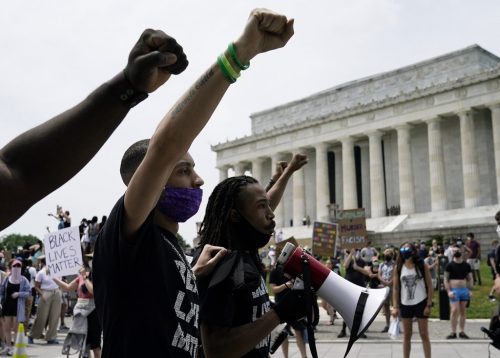

By Ramneet Singh
NEW YORK, NY – The Data Collaborative For Justice analyzed New York State criminal conviction data between 1980 and 2021, and the study found racial inequality and disparities in the type of charge, when framed with the life-long consequences those convicted face.
The group provided its main findings on its website, showing Black people making up 42 percent of the convictions between 1985 and 2021 despite being only 15 percent of the population by 2019.
The report summary noted “2019 is considered throughout this report as the most recent year with conviction numbers generally representative of current practice.”
The linked source reports the main findings including how, in the same period, “just over 6.6 million New York criminal cases impacting nearly 2.2 million people ended in a conviction.”
In the full report, after the summary, the introduction contextualized the research and explained conviction consequences and data limitations.
Chapter two opened with the overall conviction numbers, highlighting that 77 percent of convictions were for misdemeanors.
The demographics looked at both gender and race. The majority of convictions involved men, and “of all statewide convictions from 1985 to 2021, Black people made up 42 percent, Hispanic people 20 percent, and white people 36 percent.”
Concerning geography, the share of convictions in New York City compared to other regions decreased by 20 percent in 2019.
Chapter three looked more into conviction history and in 2019, 28 percent had their first conviction that year. Through the years, over half of the people had only one.
Moreover, the study authors said, “we found that over half of people with convictions had ones that were decades old; for 47 percent of people, their most recent conviction was over 20 years ago. Only about 27 percent had convictions in the past ten years.”
The report then moved back to discussing race, ethnicity, and geography. Concerning race, it stated “statewide, white people accounted for 49 percent of people (totaling 1,058,797 people) with convictions from 1980 to 2021. Black people made up 30 percent (totaling 639,618), Hispanic people 18 percent (totaling 382,861), and Asian people two percent (totaling 41,380).”
The rate ratio provided for the likelihood of having a conviction record for Black people compared to white people is 2.2.
In New York City, Black people made up 44 percent of all convictions or “had a conviction rate 5.7 times higher than that of white people.”
At the county level, “Black people in Manhattan were 14 times more likely to be convicted than white people and Hispanic people were 6 times more likely to be convicted.”
In the introduction, the report authors noted the disadvantage those with conviction records face, “which can include blocked access to housing, employment, and income, as well as deportation for immigrants.” It is also cited how a prior conviction can be a determinant in future convictions.
In the conclusion, the authors added that “policymakers, advocates, researchers, and the public have also focused on the disproportionate impacts that this system has on Black and Hispanic communities—although earnest intentions have not always translated to concrete reductions in racial and ethnic disparities to-date.”
Earlier in the report, the report cited New York State legislation to seal misdemeanor and felony convictions under certain circumstances, including time elapsed.





